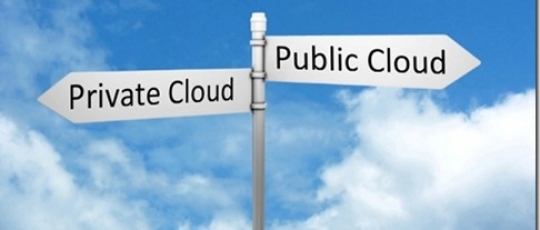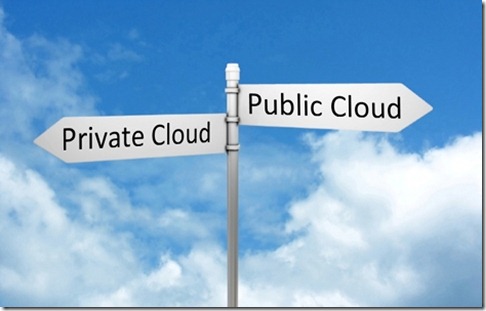
Changes in Datacentre thinking?
Posted on March 29, 2012 by TheStorageChap in Cloud, Data CenterOver the last few weeks I have had some interesting conversations with a variety of large and small customers and have started to hear some common themes in regard to future datacentre thinking.
- Organisations are becoming less interested in running and storing data for commodity applications like CRM and Email platforms instead looking at moving to SaaS (Software as a Service) models from Cloud Service Providers and moving many traditional NAS and fileserver environments to Dropbox or ATMOS type driven services.
- Organisation are less inclined to spend money on ‘bricks and mortar’ datacentres, especially when there is a readily available supply of purpose built, datacentre hosting and outsourcing locations.
- The consumer does not need to be located with the datacentre. Many applications are being rewritten to SOAP and REST type architectures enabling amongst other things flexibility in how and where the consumer accesses the application.
Commodity applications are moving to a SaaS model. The success of platforms such as Salesforce and the growing interest in Office 365 highlight this growing trend. In the majority of cases it is less expensive than deploying a traditional application hardware and software stack, and definitely less operationally time-consuming. This frees up datacentre resources in terms of hardware and people to concentrate their efforts on bespoke or high performance applications required to run the business, and storing and analysing “big data” to ensure they can turn data into pertinent information that will help them grow.
The cost of purchasing, operating, powering and cooling datacentre locations can be a large cost to any business. In separate conversations, including one with a global banking organisation and one with a smaller retail organisation, there was a common theme of removing datacentres to save on cost. In one case the customer wanted to move away from a three site model which consisted of Sync replication between A and B and Async replication from A/B to C, to a two site model that effectively created two continuously available storage platforms within a single site (think VPLEX) and then async replication to the second site, possibly with technologies like Axxana to meet an RPO=0. In the other case the business simply did not want to invest their money growing datacentres and instead wanted to start to reduce them and eventually decommission them preferring instead a SaaS model.
Architectures like SOAP and REST are quickly becoming the new way of creating applications that enable everything from banking on an iPhone to interfacing with Amazon’s Simple Storage Service. Amongst many other benefits these types of applications can normally be run from pretty much anywhere. There is no need for the consumer to be next to the datacentre and in some cases their is no need for the application to be near the storage. This new application paradigm releases consumers to be able to operate from anywhere and in turn means that the location of the datacentre is largely irrelevant .
Sometimes I hear that EMC’s portfolio of technology and solutions is too diverse; VNX for unified block and file, VMAX for block scale and performance, Isilon for simplified, highly efficient, scale out NAS, ATMOS for globally distributed, unstructured data storage, Greenplum for advanced data analytics, VPLEX for advanced data centre availability and workload mobility, and of course RSA for Private Cloud Security, to name but a few. But the reality is that the requirements of the datacentre are changing and one or two types of platforms are unlikely to meet those differing requirements.
I won’t argue that we could improve integration and management of these platforms and also do a better job of highlighting what is most appropriate when, (but those small considerations aside), when I look at the portfolio of solutions we have available to enable existing and new generation architectures I truly believe we are in the best possible position to enable our customers journey to the “Cloud”, whether that be a Private or a Public one!
So where does this leave the future of the datacentre and what do those datacentres look like. To a large extent this is exactly the difference between Private Cloud and Public Cloud. If commodity application services are outsourced to Public Cloud Service Providers, then those Cloud Service Providers need a, resilient, secure, cost effective infrastructure from which to host, perhaps with distributed datacentres to enable availability. What we know today as the the traditional customer data centre becomes the Private Cloud and is left with the business applications that are critical to the organisation and probably demand performance, scale and again availability. Not every customer will want to move their commodity applications and services to a SaaS model and there will be plenty who are not able to do so because of, for example regulatory requirements. The advantage for these customers is that they can leverage these new technology developments to build their own cloud service infrastructures and benefit from much of the operational cost savings associated with doing so.

Discussion · No Comments
There are no responses to "Changes in Datacentre thinking?".No one has posted a comment on this post yet. Start the discussion!
Leave a Comment